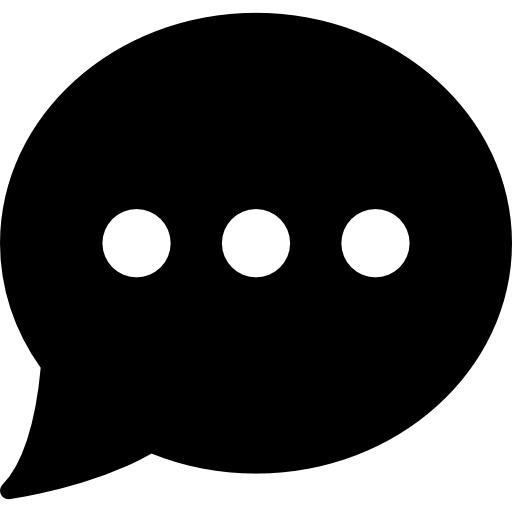The iPod Touch ($299, 8GB; $399, 16GB) is like a middle child. Sure, the parents love it (Steve Jobs loves all his electronic children), and it’s got all the god-given beauty of its older and younger siblings (we’ll get to those). But, somehow, it just doesn’t measure up to its brothers and sisters. The older siblings, iPod Classic and iPhone, are far more intelligent and powerful, while the younger siblings, iPod Nano and iPod Shuffle, are just plain cuter. What is a Touch to do? It is stuck in an awkward purgatory, yearning toward the heaven of an iPhone, yet hardly more portable than a normal iPod, and comparatively crippled in storage.
Before I go on, I should admit that I’m an unapologetic Apple fanboy. They generally do it right, but on this one, I think they blew it. Yet I’ll start with the upsides. The Touch, along with the iPhone, sports the multi-touch display that is, quite frankly, a revelation. It is fun, typing isn’t all that bad, and it allows the Touch to contain more applications, like a calendar, e-mail, and a notepad. Also, Apple is releasing the software development kit next month, which will allow programmers to write software that will work on the Touch and iPhone. This will turn the devices into Game Boys, organizers, and cookbooks and will, in turn, make everyone who owns one happier.
The Touch’s screen is crisp, scratch-resistant, and not all that bad for watching movies on it if you have to, like if you are doing some heart-healthy cardio at the gym or stuck on a six-hour flight when the stewardess puts on Enchanted. It is even better now since Apple introduced iTunes rentals, which transfer seamlessly to the Touch. The interface is nice, though cover-flow—a slick way of thumbing through album covers—is more of a gimmick than anything else.
So far, it would seem that the Touch is a big winner, but alas, it’s not. The iPhone does everything I described in the previous paragraph, plus it’s a phone, and connected wirelessly via EDGE, which is slow for surfing the Internet but at least always on. And on the iPod Classic, you can watch a movie (albeit on a smaller screen), look at your pictures, and hold an order of magnitude more music for less money. Chances are you have already stolen way more music off of the network than you can fit on the Touch. So next time you are craving Kelly Clarkson in the library at 1 a.m., but you’ve forgotten to sync her to your Touch, you’re screwed. If you’d had the classic, all your music would’ve synched, and you wouldn’t be listening to Britney right now. If you had the iPhone, you could at least call your friend and ask him to put the phone next to the speaker and blast some Kelly. You could also check your e-mail anywhere you’ve got cell service, a far cry from the shackled down WiFi the Touch is stuck with. The Touch is a smidgen smaller than the iPhone and thinner than the classic, but this only really matters if you wear the type of pants required for admittance into Eclectic. Even then, you’re looking at a bulge either way.
I can guess at the reasons why they released the Touch. It is in Apple’s interest to get the gadget-buying world on board with its new design-paradigm. And, true enough, not everyone can get an iPhone, even though the world would be a better place if we all had one. Not everyone can buy a Touch either, of course, but if you can afford it, you can afford the iPhone, and go refurbished, which is the best deal from Apple. Unfortunately, many are locked into seven-year Verizon contracts that they can’t get out of. As such, by releasing the Touch, Apple can put its vision into the hands of more suckers. This is really not a bad move, and the vision is the best, blowing other user interfaces out of the water, and solidifying Apple’s leadership in the ultra-mobile platform, which could lead to more product releases (starting with the Air). For now, the Touch, though the best at what it does, feels like a first step and not much of a draw on its own.
Ultimately, any good product line does have analogies to the flesh-and-blood family. In this sense, the Touch solidly fills its role as the under-loved middle child. As Apple grows in popularity, it must begin to offer more versions of its products to fill various demographics’ demands. The Touch (and now, Air) is further evidence that Apple is moving away from the one-or-two-version model of the past, when if you wanted an Apple laptop, it was the PowerBook, or if you wanted a music player, it was the standard iPod. So, if you don’t have much music, want to watch movies in tiny widescreen, value carrying a calendar and connectivity that works when you are in WiFi range, then the Touch might just be for you. It will also soon become a much more realized personal organizer and gaming platform when Apple lets developers under the hood, heightening its desirability. Plus, if you hold it up to your ear and yap away, some people might be fooled into thinking you have the iPhone.



Leave a Reply